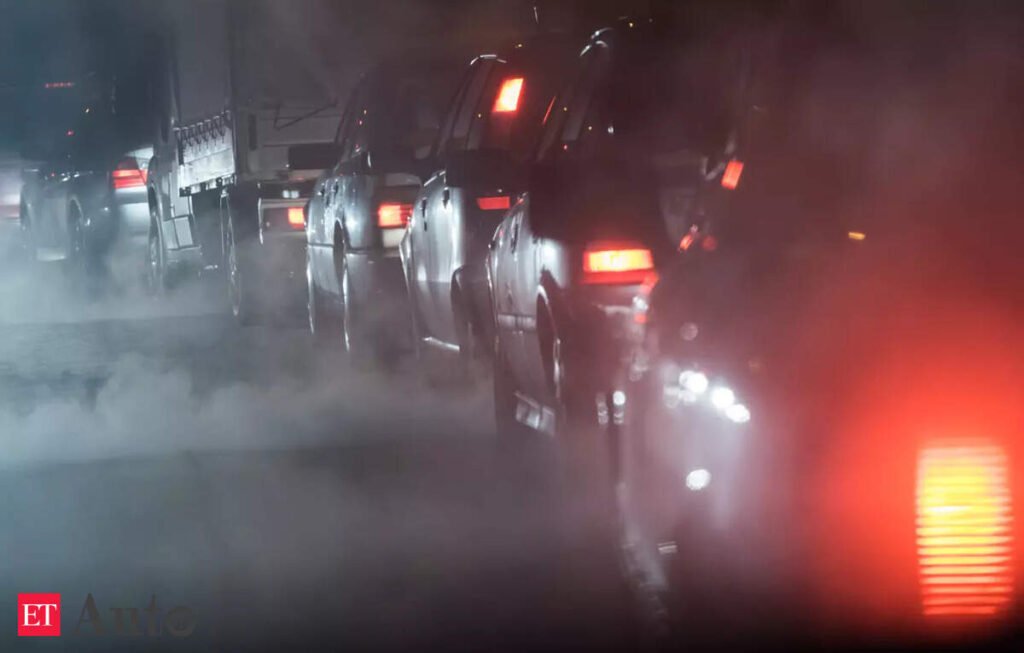Introduction to the New Vehicle Emissions Testing Policy in Rwanda
The Rwandan government has recently introduced a new policy on vehicle emissions testing, which now includes motorcycles. This move has been met with mixed reactions from various stakeholders. While environmentalists have praised the initiative for its potential to reduce air pollution, taxi moto operators and other vehicle owners have raised concerns about the associated costs and operational delays.
Key Details of the New Regulations
Under the new regulations, all vehicles, including motorcycles, must undergo an initial emissions inspection. If a vehicle meets the required standards, it will be cleared. However, if it fails, the owner must repair the vehicle and bring it back for a reinspection within two weeks. The reinspection cost is half the price of the initial test. If the reinspection is delayed beyond two weeks, the full initial inspection fee must be paid again.
For motorcycles and similar engines, the first test costs Rwf16,638, while the reinspection (within two weeks) is Rwf8,319. The rollout of this policy is expected within a month, according to the Rwanda Environment Management Authority (REMA).
Environmental Benefits and Concerns
Environmental economist and climate activist Concorde Kubwimana emphasized the importance of testing motorcycle emissions. He noted that motorcycles account for over 55% of registered vehicles in Rwanda, many of which use aging two-stroke engines that emit significantly more pollutants than modern cars. In 2019, air pollution was linked to over 9,600 premature deaths in Rwanda.
Abias Maniragaba, an environmental health expert, explained that motorcycles emit more gases per capita compared to buses. He pointed out that the emissions testing should be mandatory, as many motorcycle owners use their vehicles until they become too old to function, without being aware of the environmental impact.
Challenges Faced by Vehicle Owners
Despite the environmental benefits, vehicle owners have expressed concerns about the financial burden and operational delays. Noel Nkurikiye, Secretary General of the Rwanda Professional Truck Drivers Union, said the new regulations could increase expenses without a corresponding rise in revenue. He suggested that the process should be simplified and that stakeholders should be consulted before such decisions are made.
Charles Hagenimana, a bus driver, believes the emissions testing is a necessary and manageable measure. However, some taxi moto operators, like Christophe Murenzi, feel the added costs could be overwhelming. He mentioned that his motorbike, which is over six years old, already incurs high insurance costs, and the new emissions test would add to these expenses.
Eric Niyonzima, another taxi moto operator, agreed that the principle behind the testing is sound but warned about the practical challenges, such as limited testing stations and long wait times.
Economic Implications and Future Outlook
A recent study estimated that Rwanda could save $200 million from 2023 to 2030 by reducing air pollution in the transport sector in Kigali city alone. Egide Kalisa, one of the researchers, highlighted that a 10% annual reduction in air pollution could lead to significant savings, considering the costs of treating diseases caused by air pollution.
Juliet Kabera, Director General of REMA, stated that PM2.5 particles from vehicle emissions can cause serious health issues, including respiratory illnesses, heart disease, and lung cancer. She emphasized the importance of maintaining vehicles to reduce these harmful emissions.
Conclusion
While the new vehicle emissions testing policy in Rwanda aims to improve air quality and protect public health, it also presents challenges for vehicle owners. Balancing environmental benefits with economic and operational concerns remains a critical task for policymakers and stakeholders alike. As the policy rolls out, ongoing dialogue and adjustments will be essential to ensure its success.

